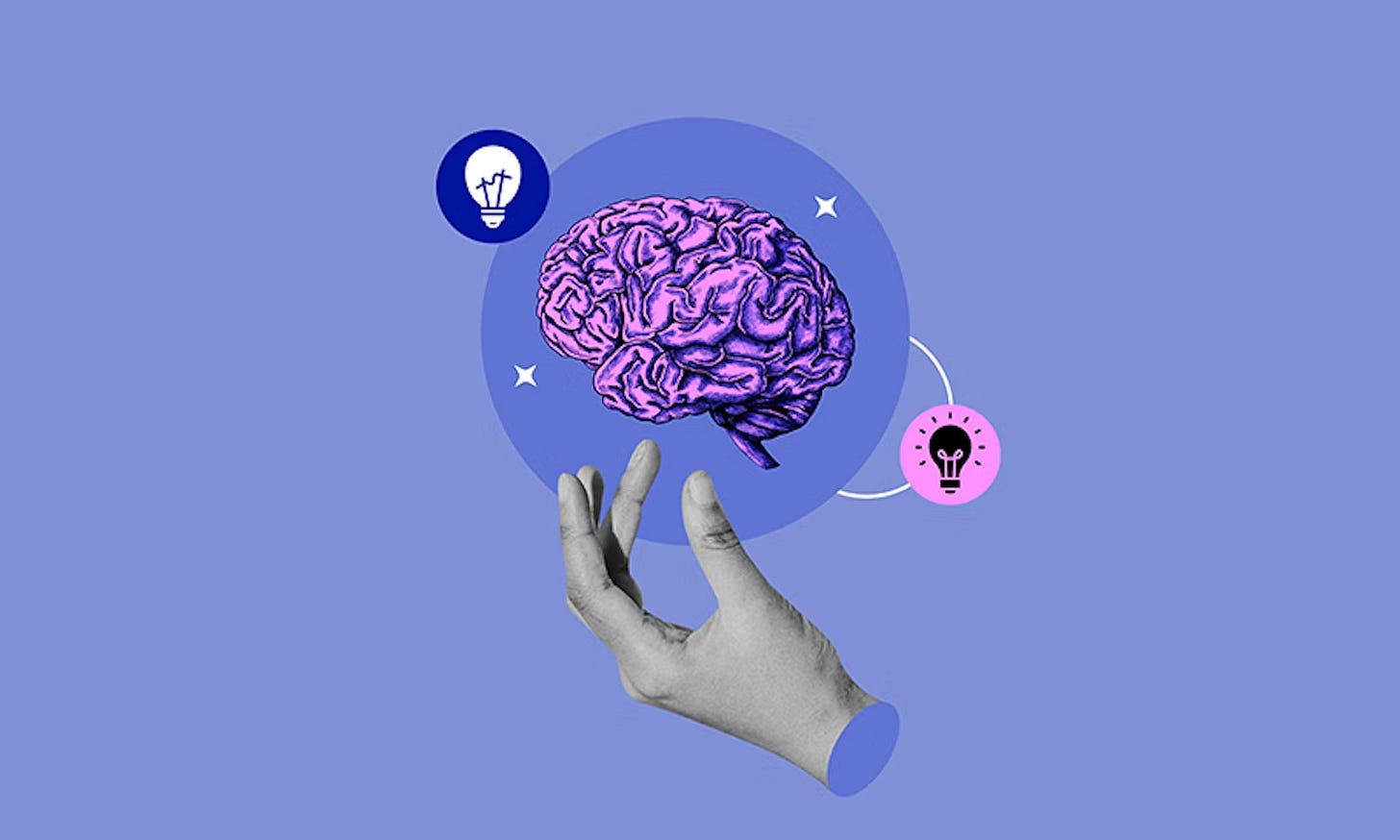Our memories are stored in triplicate
Balancing malleability and rigidity in our recollections - and elsewhere
Welcome back to Under Development! Last month’s post covered how landscapes and natural resources shape human development and well-being, but this month, I've been thinking about something more internal: memory. It’s fascinating to think that the very mechanisms in our brains that allow us to hold onto the past are also what let us reshape it. This raises important questions not only about how we understand our personal histories but also about the ethical dimensions of technologies and therapies designed to manipulate memory.
What makes this even more interesting is how it ties into recent, broader discussions. From debates over kidney donation and compensation to gene drive technologies that could alter entire ecosystems, we’re constantly faced with decisions about what should be changed and what should remain untouched. In a way, these global ethical debates reflect the same tension we see in the science of memory—how much we control, and at what cost.
As always, feel free to reach out— I'm always eager to hear your thoughts!
What I’ve written
This month, I explored the fascinating world of memory formation, learning about how our brains manage to both preserve and modify our recollections over time. New research led by neurobiologist Flavio Donato suggests that memories are stored across different populations of neurons, each playing a distinct role in how flexible or fixed those memories become. This discovery has the potential to reshape how we think about the malleability of our past experiences—and perhaps even open up new therapeutic possibilities.
“This led us to the conclusion that not only was the activation of this subpopulation of plastic neurons indeed correlated to the plasticity of the memory, but also we could extend this plasticity if we could force this neuron to be recruited into the memory trace,” says Donato. They also found that activation of the late-born neurons shortly after the event was necessary for the long-term permanence of the memory.
Keep reading: Our Memories are Stored in Triplicate
What I’ve been reading
This article about why creating large 'evidence banks' could help governments make faster, more effective policy decisions.
Evidence syntheses are 'everything the world knows about how to solve an important problem in one place'... But most other fields lack such an extensive foundation. It can take months or years to extract meaning from a massive body of research — and funders have historically spent peanuts on synthesizing knowledge compared with the billions they spend on new research.
This piece about why compensating kidney donation could help address the severe organ shortage in the U.S. — and ethical questions of coercion, equity, and the commodification of human organs.
You go into a hospital. You do something that is physically strenuous. You take time and effort out of your life to save someone’s life, and then you get nothing for it... It drives me particularly crazy when I hear transplant surgeons talk about how it undermines the altruism of the gift to compensate it. You’re making $200,000 a year, and you’re going to lecture me about how it undermines the altruism to get paid a few tens of thousands of dollars for saving someone’s life?
This article about gene drive technology, and how it might be used to combat malaria.
What would happen if we inserted a gene drive into a mosquito with the following properties?
a) If male, do nothing.
b) If female, make sterile.
If such a gene evolved randomly, or was gene-edited in, with the usual 50 percent chance of being inherited, it would be quickly selected against and eliminated from the gene pool. But since the gene drive makes the gene transfer to offspring at a 100 percent rate, all offspring inherit the gene. This changes the outcome completely. […]
Like a meteor hitting the ocean, such a ‘suppression drive’ would spread like a wave in all directions from the origin of its release, leaving a dwindled or completely eliminated population in its wake.
Gene drives could be used to wipe out entire species.
What I’ve been thinking about
The UN General Assembly - and, with it, climate week - came to New York this month. Living in the city in September means being in the middle of the mass of global leaders, activists, and experts that flock to midtown. This year, I found myself reflecting on the unique energy that fills the city around this time of year.
New York becomes a place where global issues feel a lot closer, and the conversations happening in conference rooms spill out into everyday life. Whether it was ambitious targets for reducing emissions or the emphasis on climate justice, there was a lot of talk about making real progress. But beyond the big headlines, people were also grappling with the tough balancing act of economic growth and climate priorities—something that hits close to home for a city constantly negotiating its own environmental footprint.
Leaving Climate Week, I wasn't just thinking about policy, but about how real and immediate climate change feels. From rising sea levels threatening neighborhoods like Staten Island to the way extreme heat seems to linger in the subway, the challenges aren’t some far-off future. The question that stuck with me is: How do we bring those high-level conversations to where they actually affect people’s lives?


